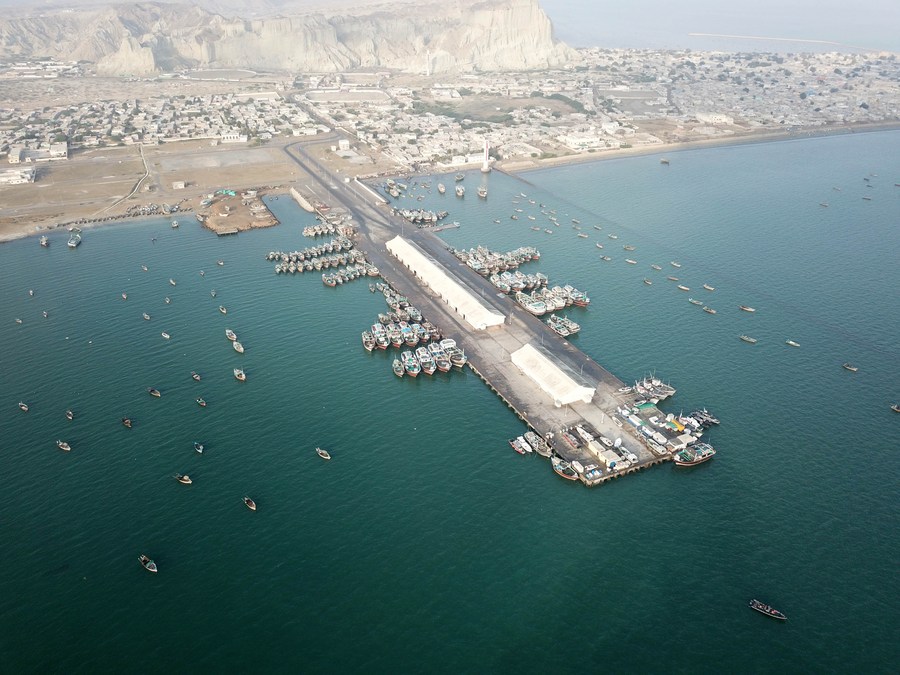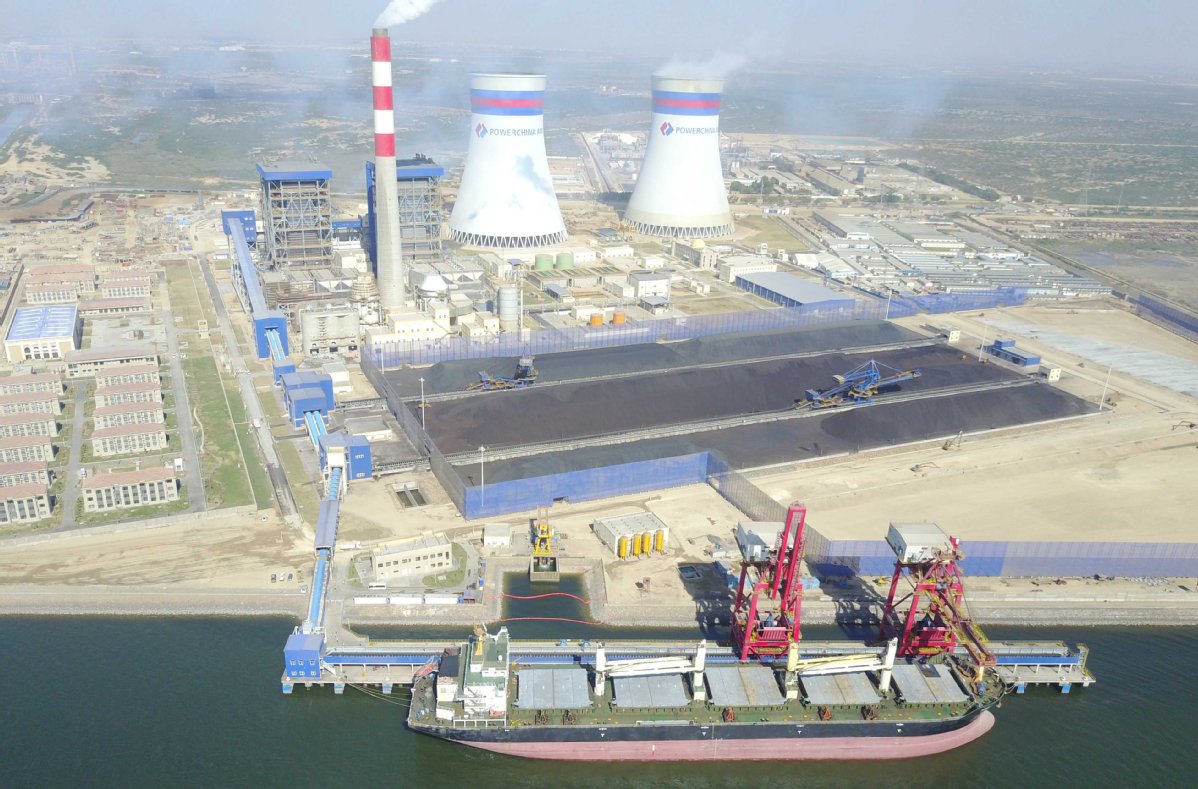Pathway to brighter future: Belt and Road Initiative in South Asia
"The Belt and Road Initiative is a public road open to all, not a private path owned by one single party."
—— Chinese President Xi Jinping
In 2013, Chinese President Xi Jinping proposed building the Belt and Road Initiative (BRI), which involves a land-based Silk Road Economic Belt and a sea-based 21st Century Maritime Silk Road. The BRI aims to build a trade, investment, and infrastructure network connecting Asia with other parts of the world along the ancient Silk Road trade routes and beyond.
Entering its ninth year of solid progress, the BRI has grown into the world's largest international cooperation platform, with 148 countries and 32 international organizations signing over 200 cooperation agreements with China under the BRI framework as of Feb. 6, 2022.
Located at the intersection of the China-proposed Silk Road Economic Belt and the 21st Century Maritime Silk Road, the region of South Asia, the world's most populous region and accounting for about a quarter of the world's total population, is one of the critical zones for the BRI. Five South Asian countries have joined the BRI framework, with its various infrastructure footprints, such as the Gwadar Port in Pakistan, already being seen throughout the region.
Children play at the artificial beach in Colombo's Port City, Sri Lanka, Dec. 3, 2021. (Xinhua/Tang Lu)
China's BRI in South Asia includes four subprojects: the China-Pakistan Economic Corridor (CPEC), the Bangladeshi-China-India-Myanmar Economic Corridor (BCIM), the Trans-Himalaya Corridor, and China's cooperation with Bangladesh, Sri Lanka, and the Maldives under the 21st Century Maritime Silk Road. The BRI has turned an idea into action and a vision into reality, which has in turn improved local people's livelihoods, facilitated sustainable development in South Asia and brought prosperity to the wider world.
Pakistan: CPEC has borne fruitful outcomes
Started from 2013, CPEC became the flagship project under the BRI, which made Pakistan one of the most visible partners in the BRI. With the project smoothly progressing and trade booming, CPEC is now promoting comprehensive cooperation between the two countries and contributing to the betterment of the Pakistani people.
According to the Pakistani Ambassador to China Moin ul Haque, more than 70,000 jobs have been created so far thanks to BRI cooperation. Another half a million direct and indirect jobs will be created in the next five to seven years.
The China-Pakistan Economic Corridor has borne fruitful outcomes, greatly improving the lives of the Pakistani people, said Pakistani President Arif Alvi on March 22, 2022, when he met with visiting Chinese State Councilor and Foreign Minister Wang Yi
Gwadar Port
Fishing boats berth in the bay at Gwadar port in southwest Pakistan's Gwadar, Jan. 29, 2018. (Xinhua/Ahmad Kamal)
Gwadar Port, officially went into operation in November 2016, and has been hailed as the "crown jewel of the CPEC." As the centerpiece of monumental achievements in Pakistan-China relations, Gwadar Port is expected to become an economic and logistics hub that has the potential to generate $10 billion in GDP for Pakistan's economy. Last year, the port started to expand its business, injecting a growing impetus and stability into the Pakistani economy. The port is now being used for Afghan transit trade for the first time, while tapping into the liquefied petroleum gas (LPG) business and becoming fully operational as a commercial port.
Port Qasim Power Plant
The China-backed Port Qasim coal-fired power plant in Pakistan. (Photo/Xinhua)
The first unit of the Port Qasim Power Plant was inaugurated in 2017, marking the first batch of primary energy projects under CPEC to start generating electricity. As the most critical and reliable power plant in Pakistan, the Port Qasim Power Plant is capable of providing clean and cheap electricity to about 4 million Pakistani families, which significantly alleviates the issue of power shortages in Pakistan. The power plant has also contributed to readjusting the local energy structure and delivers cost savings for the generation of electricity.
 |
Photos
Related Stories
- BRI countries emerging as economic powerhouses through win-win cooperation: experts
- China-proposed BRI complements Africa's continental dev't aspiration: Ethiopian expert
- China to boost green development of Belt and Road
- Visit to South Asian countries boosts solidarity, cooperation under new circumstances -- Chinese FM
- Malawi signs MOU on BRI cooperation with China
Copyright © 2022 People's Daily Online. All Rights Reserved.














